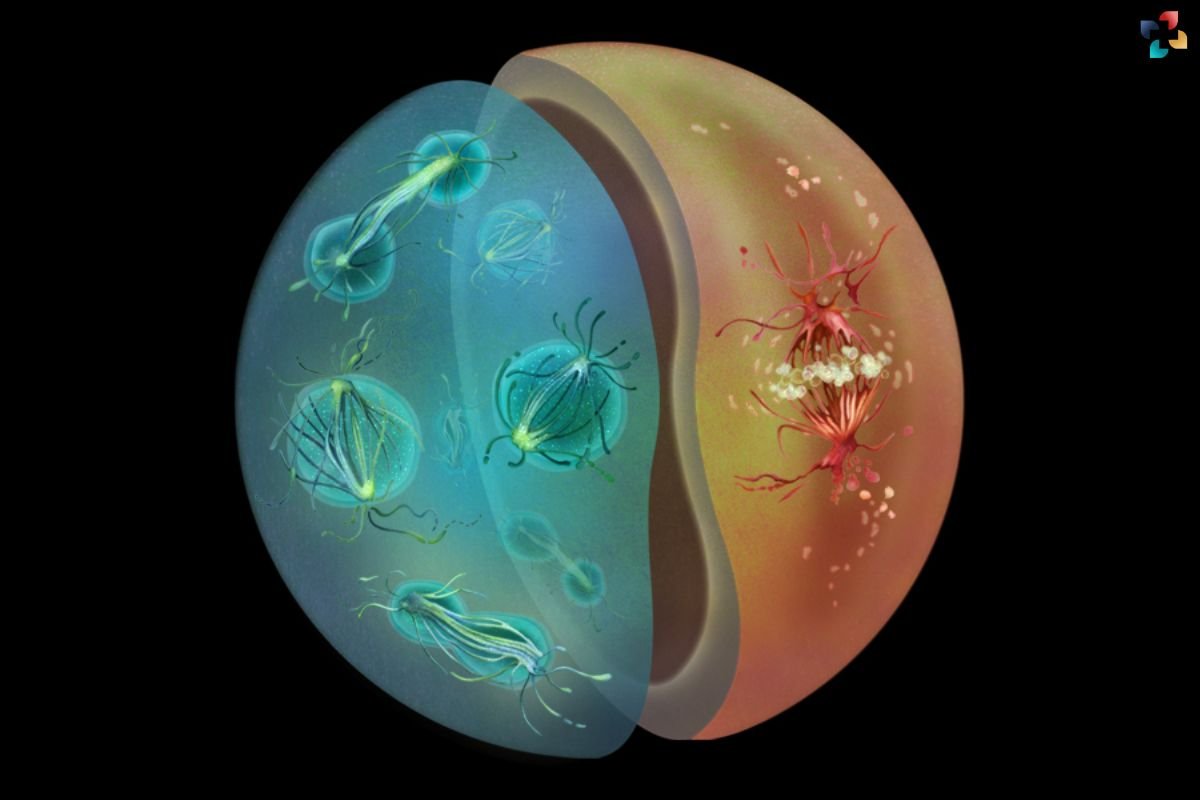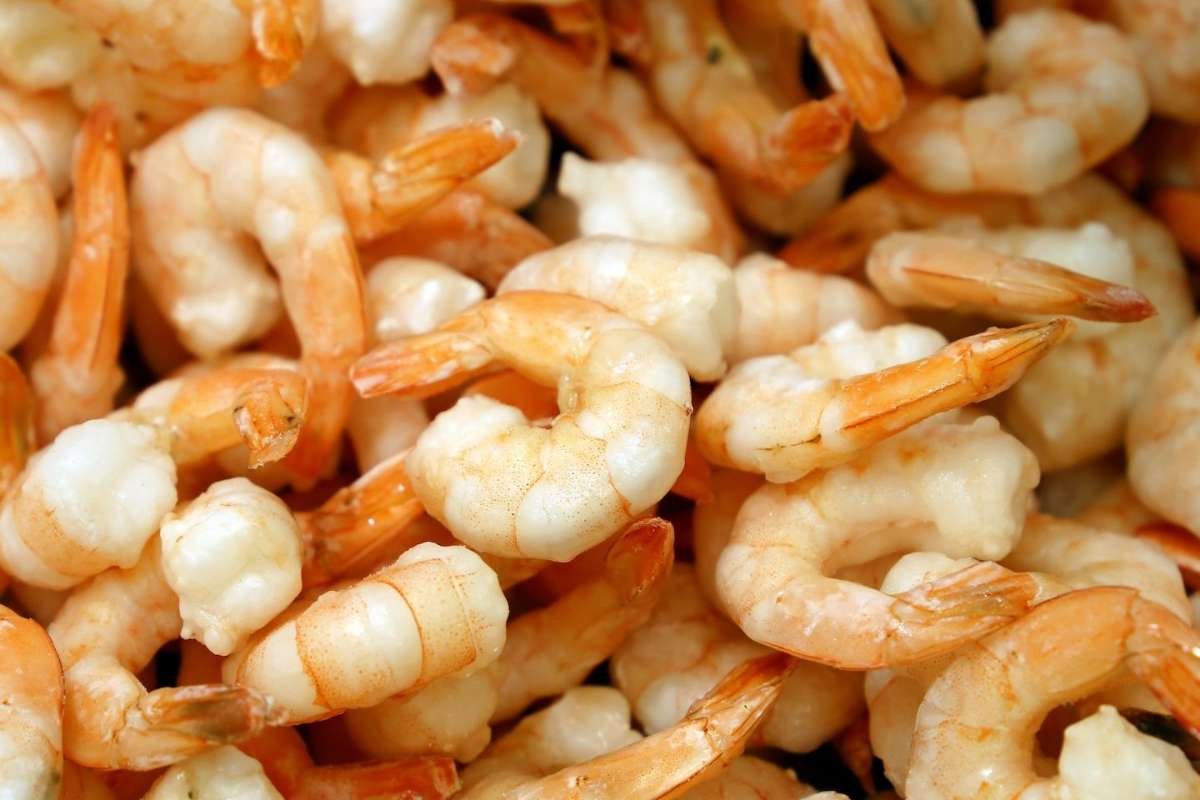Source-European-Molecular-Biology-Laboratory
Cell division stands as a cornerstone of life, facilitating growth, reproduction, and survival across all living organisms. However, the mechanisms governing this fundamental process vary significantly among different taxa, sparking curiosity about the evolutionary underpinnings behind these differences.
Divergent Cell Division Strategies
While animals and fungi share a common eukaryotic ancestry, their modes of cell division, particularly mitosis, exhibit striking differences. Animals typically undergo open mitosis, characterized by the disassembly of the nuclear envelope, whereas fungi employ closed mitosis, maintaining an intact nuclear envelope throughout division. The evolutionary factors driving these distinct strategies have long intrigued scientists, prompting further investigation into the evolutionary history of cell division mechanisms.
Unraveling Evolutionary Mysteries in Ichthyosporea
A collaborative effort between Omaya Dudin’s group at EPFL and Gautam Dey and Yannick Schwab’s team at EMBL Heidelberg delved into this evolutionary puzzle using Ichthyosporea, a group of marine protists with close ties to both animals and fungi. Leveraging comparative genomics and advanced imaging techniques, the researchers examined the cell division mechanisms of two Ichthyosporean species: Sphaeroforma arctica and Chromosphaera perkinsii.
Linking Cell Division to Life Cycle Dynamics
The study revealed a clear correlation between the life cycle stages of Ichthyosporea and their modes of cell division. Species with multinucleate stages tended to undergo closed mitosis akin to fungi, while those with predominantly mononucleate stages exhibited open mitosis similar to animal cells. This observation suggests that the evolutionary trajectory of cell division in animals and fungi may have been shaped by the specific requirements of their respective life cycles.
The findings not only shed light on the evolutionary origins of cell division mechanisms but also underscore the remarkable diversity of Ichthyosporean development. This diversity not only provides insights into the evolutionary path leading to animals but also offers a valuable opportunity for comparative embryology beyond traditional animal models. Ultimately, this research opens up new avenues for understanding the intricate relationship between cell division strategies and the broader evolutionary context of eukaryotic organisms.







